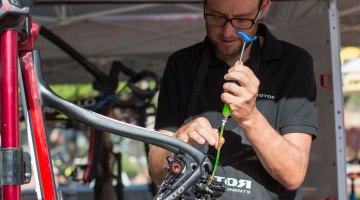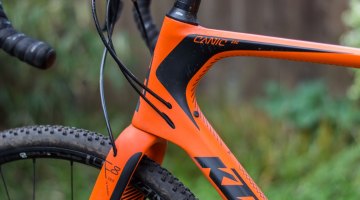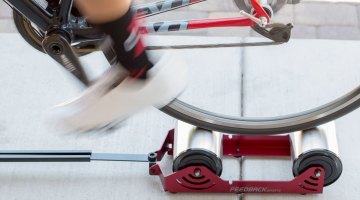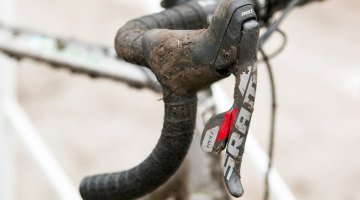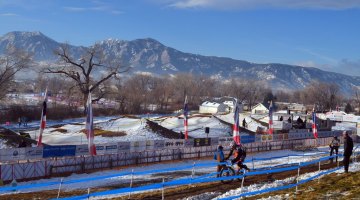Get Faster by Lowering Rolling Resistance, Reducing Flats
For speed gains, your number one goal should be getting to the finish line without flatting, and reducing rolling resistance. How do you do that? Take a hard look at your tires and tubes. Chances are they’re too hard.
If you’re on a tight budget and currently racing with clinchers and want to use your current wheels, you’ve got five options to get rollin’ faster and make it to the finish line.
- Upgrading your inner tubes
- Get rid of inner tubes
- Move to higher volume tires
- Move to more supple tires
- Choose a more course-appropriate tread
Inner tubes are the first cheap and easy way to upgrade: drop weight, ride lower pressures and avoid pinch flats with one simple change. Don’t be tempted to swap a cyclocross width tube for an ultralight road with tube just to save weight. You’ll flat that narrow tube in no time, as our CXM Labs tests have verified. Instead, consider latex tubes as a relatively affordable upgrade that lets you ride lower pressure without pinch flatting. Sure, it’s hard to justify paying $16 for an inner tube, but when tires cost more than $40 a pop, you’d rather make sure they don’t pop while racing, right?
Better yet, get ride of inner tubes completely, and make the switch to tubeless. No matter what anyone else says, there are now enough tire options out there that with a conversion kit or liberal use of Gorilla tape, that it’s possible to convert your current wheels if you can’t afford a ready-to-go tubeless wheelset.
Tire upgrades are a great place to start. Chances are your bike came with a tire that’s too narrow, not very supple, or with a tread not ideal for your riding conditions. Compared to bike or wheels, tires are relatively inexpensive but can vastly improve your ride, and if you have a clincher or tubeless setup, you can be ready to tackle any conditions that are thrown at you. Check out our tire reviews here, and make sure you’re subscribed to Cyclocross Magazine, where we review new treads in almost every issue!
If you’re racing clinchers, you’ll probably want to search for a higher volume tire than what came on your bike (think 35c instead of 32c unless you are racing UCI events). You’ll be able to run them at lower pressure, have less risk of pinch flatting, and have lower rolling resistance. Heck, if you have the room and will be facing dry conditions, bigger volume gravel tires like the (undersized) Maxxis 40c Rambler are light, supple and tubeless ready [reviewed here] and typically will be faster than your average narrow cyclocross tire on a bumpy course.
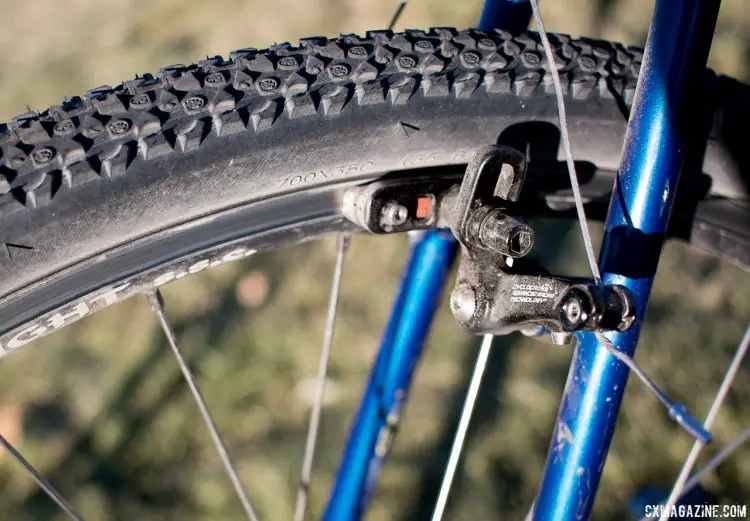
The Ritchey Shield, with its generous 35c size in both tubeless and non-tubeless versions, adds 3-4mm of width and associated volume over a stock cyclocross tire, and will have you rolling lower pressure and faster over bumpy terrain. © Cyclocross Magazine
You can also look for a more supple tire for better bump compliance and a faster-rolling tread if conditions allow. “Open tubulars” or higher TPI (threads per inch) often will mean a faster, more comfortable ride and better traction. Most bikes come with “universal” treads, and so if you find yourself often racing in mud, or in dry, fast hardpack conditions, you can look for a tread that better suits your course or conditions.
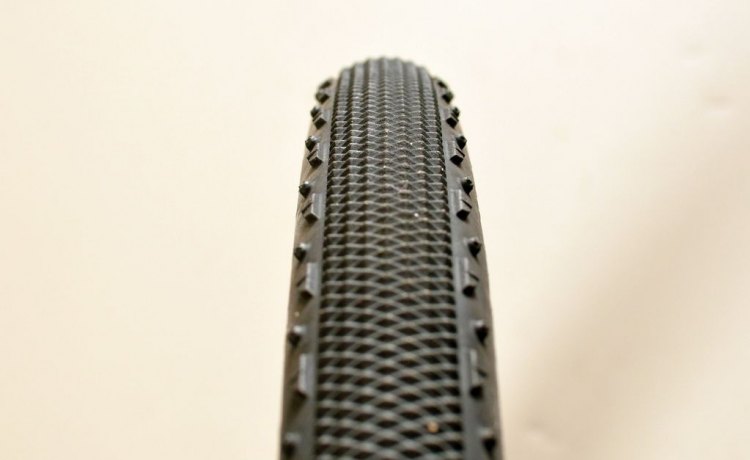
The handmade Challenge Almanzo, formerly the Grifo XS, is more supple than most nylon vulcanized clinchers, and the tread certainly rolls easily over hardpack and dry grass. © Clifford Lee
Coach Chris Mayhew agrees, saying:
“For cheap upgrades, I would say start with tires. That’s really the biggest bang-for-your-buck performance upgrade you can make on a cyclocross bike and arguably the most important one as well. You can win on Shimano 105 but having the wrong tires makes it really hard to win.”
We hear it already. “Make the switch to tubulars,” traditionalists are shouting. It’s fine advice.We think even though tubeless has come so far that it’s often all many of us ride, tubulars are hard to beat for the serious racer. Buying a used set of tubular wheels doesn’t have to break the bank, but our context listed above was more affordable upgrades that use an existing clincher wheelset.
Mechanic Jeremy Chinn reminds all of us that you don’t have to always upgrade your bike but can upgrade your attention to detail:
“Getting the right pressure does not have to cost a lot. Buy a top quality pump with a good gauge, or a pump and a separate high quality gauge that fits Presta valves. Add a notebook to that to keep track of correct pressures and you’re set to find the right pressure for the course you’ll be racing and the right tools to achieve it.”
Keep reading for some small, affordable changes that can make all the difference in your bike’s operation.

























